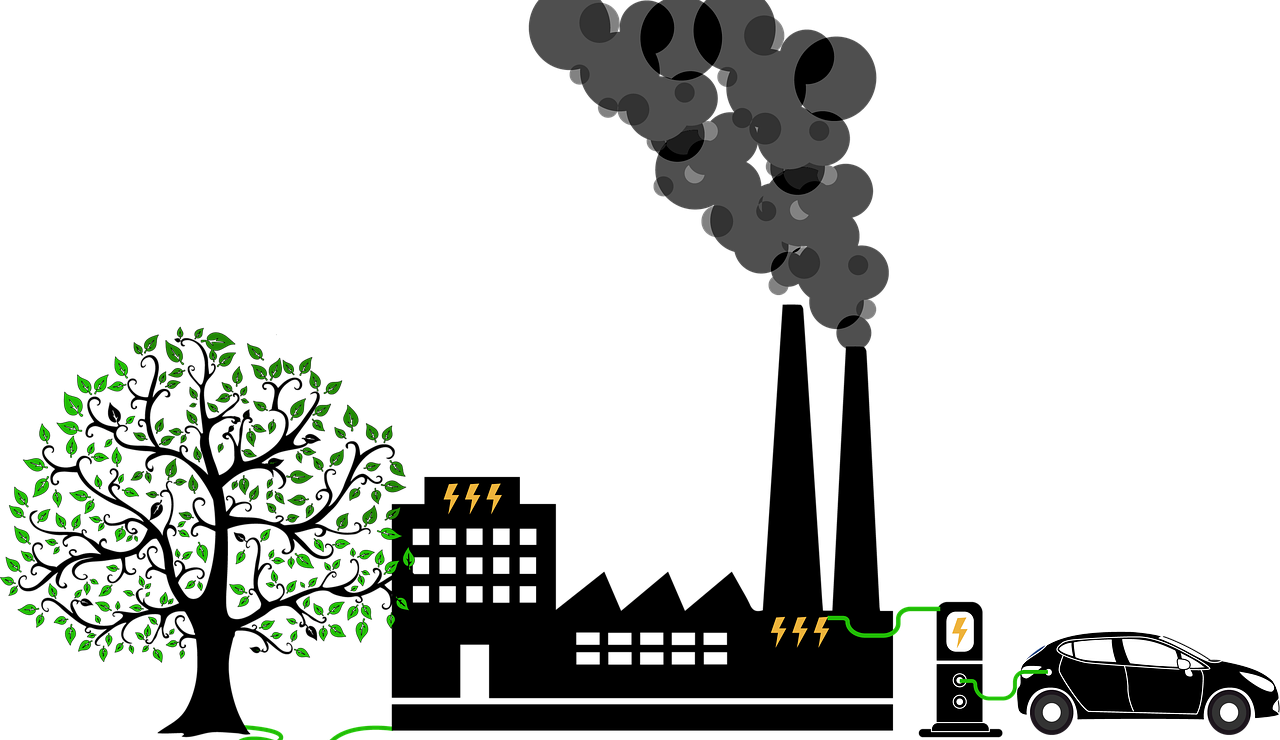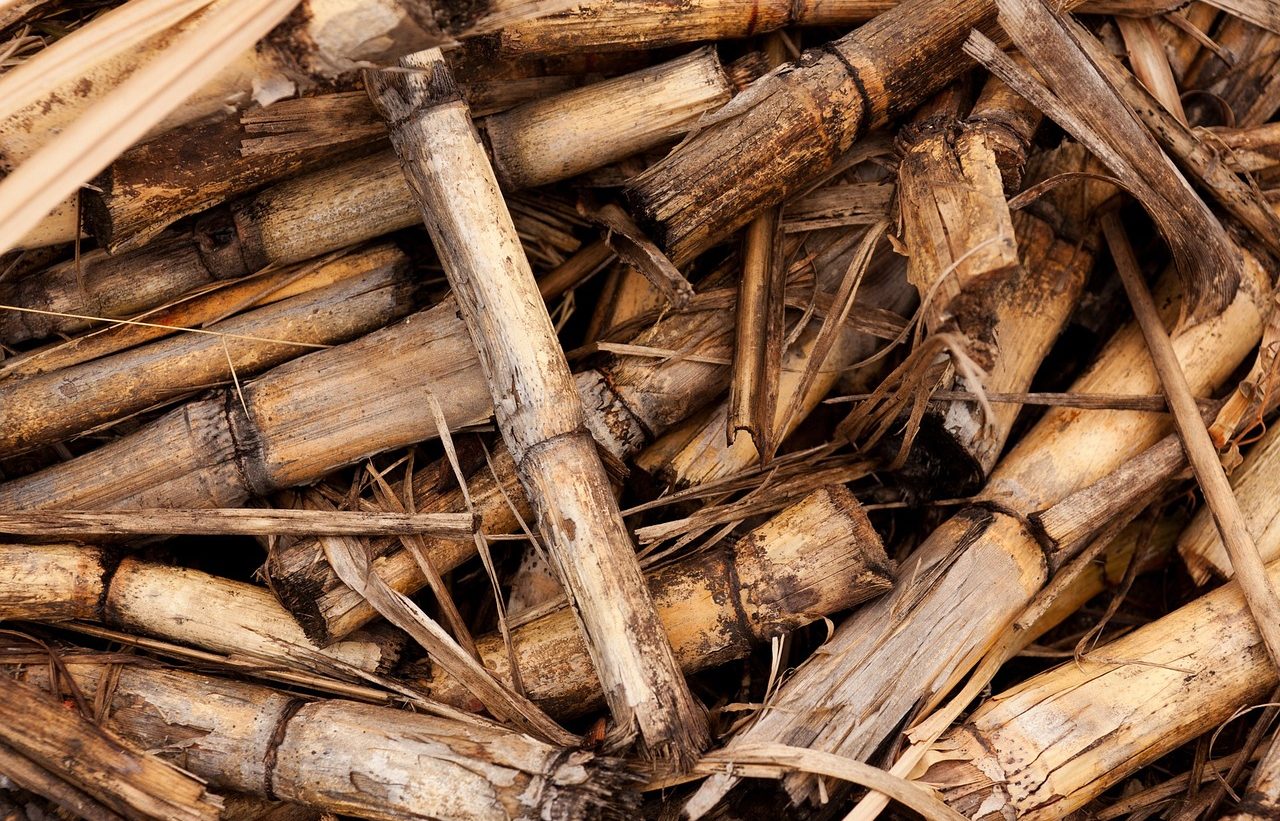
Bioenergy is renewable energy.
Bioenergy is a type of renewable energy obtained from the processing of matter that is formed through a mechanical or biological process. The concept, which the Royal Spanish Academy ( RAE ) does not include in its dictionary, is also often mentioned as biomass energy .
Bioenergy is generally produced with the waste of the constituent substances of living organisms. This energy can be used by transforming waste into other substances or directly by combustion or another method.
Bioenergy can be used synonymously with biofuel (the fuel that is generated from plants or organic waste) and biomass (the raw material for biofuels). Bioenergy is also known as the entire context related to the production of biofuels and obtaining biomass, including the scientific, economic and social situation.
Origin of bioenergy
The origin of bioenergy is found in the sun's rays , whose energy is absorbed - through photosynthesis - by the various species of plants on Earth . It is worth mentioning that the volume of organic matter obtained in this way is larger than the amount of energy present in the mineral substances.
This energy that comes from the sun is transformed into organic matter. Biomass energy can be used to produce biofuels such as bioethanol or biodiesel .

Bioenergy can come from sugar cane or beets, for example.
Its use
In more specific terms, every year millions of tons of dry organic matter are generated, which has an amount of energy equivalent to 68 billion tons of oil, five times what the entire planet needs to supply energy demand.
Despite the enormous amount of energy present in the organic matter produced each year, only a fraction of it is used due to the considerable dispersion it passes through.
Bioenergy sources
Livestock waste, beets and sugar cane are among the sources of bioenergy. Biomass, therefore, can be residual (such as bones or shells) or natural (plants, trees, etc.). Another classification distinguishes between wet biomass (waste generated when producing oil) and dry biomass (wood).
Natural bioenergy can be obtained from the waste generated by forestry operations, as well as their by-products, which have considerable energy power. Since they cannot be used to make paper or furniture, they are used for energy production, so that it can be used and reduce the environmental impact.
In addition to wood waste, remains from carpentry shops, sawmills and furniture factories, among other components of the wood processing industry, also serve as a source of bioenergy.
Regarding residual bioenergy, the materials used can be sawdust, manure, straw, animal remains and urban garbage. It goes without saying that obtaining bioenergy is far from being an informal and sporadic process, but is based on an absolutely organized system that, for example, has plants for the use of agricultural waste, such as straw that is not used for fodder. .
The transformation
Transforming dry and wet biomass into bioenergy involves different processes. In the first case, we need to apply gasification (for various types of fuels), pyrolysis (for methanol and electricity) or combustion (for electricity, heat and water vapor), among other thermochemical processes . In general, good energy performance is obtained.
Wet biomass requires the use of biochemical processes, which take more time and provide a lower energy yield; For example: through anaerobic fermentation we obtain methane, while alcoholic fermentation gives us ethanol.
